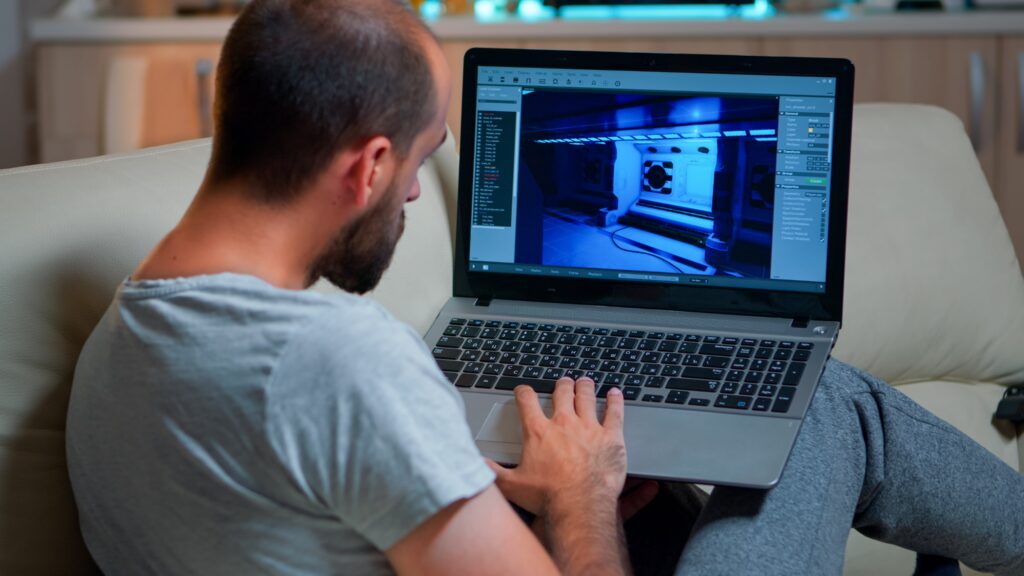In the dynamic world of animation, pacing plays a crucial role in captivating audiences and conveying emotions effectively. Whether you’re a seasoned animator or just starting out in the industry, understanding the nuances of animation pacing is essential for creating compelling and engaging visual stories.
In this comprehensive guide, we will discuss the importance of animation pacing, explore different techniques to enhance pacing in your animations and provide valuable tips to help you master this fundamental aspect of the craft.
The Significance of Animation Pacing
Animation pacing refers to the speed at which a story unfolds in an animated sequence. It dictates the rhythm, flow, and overall feel of the animation, influencing how viewers perceive and engage with the narrative. Effective pacing can evoke a range of emotions, build tension, and guide the audience’s attention to key moments within the animation.
By mastering animation pacing, animators can control the viewer’s experience, create impactful storytelling, and enhance the overall quality of their work. Whether you’re working on a short film, a commercial project, or a video game, understanding how to manipulate pacing can elevate your animations to new heights.
Techniques to Enhance Animation Pacing
Enhancing animation pacing is crucial for creating engaging and impactful animations. This section explores key techniques to achieve this, including the importance of storyboarding, the role of timing and spacing, the influence of sound design, the use of transitions and camera movements, and the emphasis on key moments.
- Storyboarding: Before diving into the animation process, it’s crucial to develop a detailed storyboard that outlines the sequence of events and key moments in your animation. A well-crafted storyboard serves as a roadmap for pacing, helping you visualize the flow of the story and make necessary adjustments before animating.
- Timing and Spacing: The timing and spacing of animated actions greatly impact pacing. By adjusting the speed and spacing between keyframes, animators can create a sense of urgency, suspense, or calmness to match the mood of the scene. Experimenting with different timing and spacing techniques can help you find the perfect pacing for your animation.
- Use of Sound: Sound design plays a significant role in enhancing animation pacing. By incorporating sound effects, music, and dialogue, animators can create a multisensory experience that complements the visuals and influences the overall pacing of the animation. Syncing sound cues with key moments in the animation can further amplify the emotional impact and engagement of the audience.
- Transitions and Camera Movements: Smooth transitions between scenes and dynamic camera movements can also contribute to effective pacing in animation. By carefully choreographing transitions and camera angles, animators can maintain the momentum of the story, guide the viewer’s focus, and create a sense of continuity that enhances the overall pacing of the animation.
- Emphasis on Key Moments: Highlighting key moments within the animation can help create a sense of rhythm and impact. By strategically slowing down the pacing or adding emphasis to important actions, expressions, or plot twists, animators can draw the viewer’s attention and create memorable moments that resonate with the audience.
Tips for Mastering Animation Pacing
Animation pacing is essential for creating compelling and fluid animations. This section provides practical tips to help you refine your pacing skills. By following these guidelines, you can enhance your animation pacing and produce captivating work.
- Experimentation: Don’t be afraid to experiment with different pacing techniques to find what works best for your animation. Try varying the speed of movements, adjusting the duration of scenes, and incorporating pauses to create a dynamic and engaging rhythm.
- Feedback and Iteration: Seek feedback from peers, mentors, or industry professionals to gain valuable insights on pacing in your animations. Constructive criticism can help you identify areas for improvement and refine your pacing techniques through iterative processes.
- Study Existing Animations: Analyze and study animations from various genres and styles to observe how pacing is used to convey emotions, build tension, and engage the audience. By deconstructing the pacing techniques used in successful animations, you can learn valuable lessons that can be applied to your own work.
- Continuous Learning: Stay updated on industry trends, tools, and techniques related to animation pacing. Enroll in workshops, attend conferences, or explore resources offered by reputable institutions like Yellowbrick to enhance your skills and stay ahead in the competitive animation industry.
- Practice, Practice, Practice: Like any other aspect of animation, mastering pacing requires practice and dedication. Set aside time to work on personal projects, experiment with new techniques, and challenge yourself to push the boundaries of your creativity. With consistent practice, you can refine your pacing skills and create animations that captivate and inspire audiences.
Conclusion
Implementing effective pacing techniques in your animations can elevate the quality of your work, engage viewers on a deeper level, and showcase your storytelling abilities. By understanding the significance of animation pacing, exploring various techniques, and incorporating valuable tips into your workflow, you can master this essential aspect of animation and create compelling visual narratives that leave a lasting impression.
Key Takeaways:
- Animation pacing is a critical element in captivating audiences and conveying emotions effectively in animated sequences.
- Techniques such as storyboarding, timing and spacing adjustments, sound design, transitions, and emphasis on key moments can enhance animation pacing.
- Experimentation, feedback, studying existing animations, continuous learning, and consistent practice are key to mastering animation pacing.
- Implementing effective pacing techniques can elevate the quality of your animations and engage viewers on a deeper level.
For those looking to further enhance their animation skills and delve deeper into the nuances of animation pacing, consider enrolling in the NYU Animation Industry Essentials online course and certificate program offered by Yellowbrick. This comprehensive program can provide valuable insights and practical knowledge to help you excel in the competitive animation industry.








